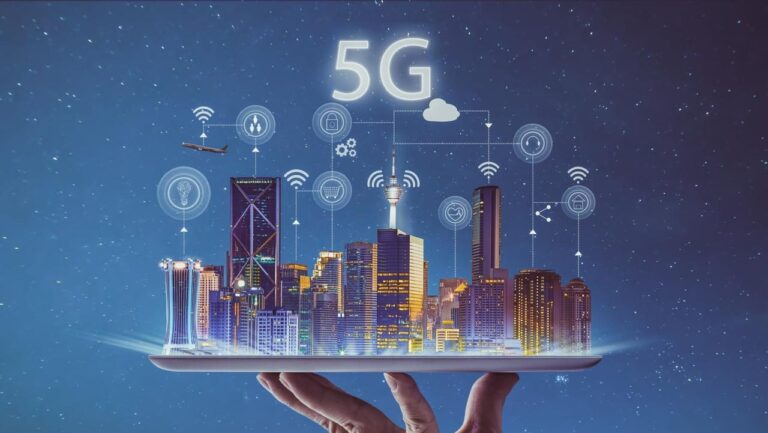It seems like only yesterday we started talking about the concept of 5G and its various use cases. However, after a few years, this technology went from just a concept to a reality.
It exists in many aspects of our daily life, but do we really have a clear understanding of what we mean when we talk about this new technology? To understand the concept of a 5G system, we must first understand its You need to understand the requirements and specifications.
5G requirements and specifications
When talking about 5th generation mobile communication networks, we should especially focus on the requirements set by the ITU (International Telecommunication Union) for the IMT-2020 system. With the aim of defining different usage scenarios for 5G, these requirements are based on three main types: eMBB (Enhanced Mobile Broadband), mmTC (Massive Machine Type Communications), and uRLLC (Ultra-Reliable and Low Latency Communications). Divided into areas of work.
On the one hand, eMBB communication is relevant for user experience, delivering peak speeds of 20 Gbps (i.e. 20 times more than 4G) and increasing traffic density per unit area by a factor of 100, allowing for example the delivery of ultra-high resolutions. I’ll make it. content or augmented reality experience. On the other hand, mmTC communication increases the ability to support connected device densities ten times higher than 4G, enabling the growth of large-scale deployments of sensors, the Internet of Things, or big data services, among others. Finally, when we talk about uRLLC, we are referring to low-latency communications of around 1ms, compared to the typical 20-30ms of 4G networks. This condition may make it suitable for applications with specific requirements in this area, such as connected cars or telemedicine services.
5G network deployment
The rollout of 5G networks is being carried out in stages at various stages. In the first phase, the network began service by combining 5G deployment in non-standalone (NSA) mode with Dynamic Spectrum Sharing (DSS) spectrum sharing technology, and then began to become a stand-alone (SA) network. At the same time, it must be considered that these new deployments will need to be accompanied by a gradual shutdown of the 2nd and 3rd generation networks previously required to provide voice services. This technology.
5G application
Technical details aside, let’s focus on the applications this new technology brings. Looking back, the first and second generations of mobile communications made cell phones possible for commercial purposes. While the third generation brought mobile internet to life, the fourth generation significantly improved the user experience, offering higher data transmission speeds and, of course, greater capacity. Although the introduction of all these generations is technically and economically self-justified, if we focus only on the communication-related user experience, it seems that this fifth generation will not generate as much demand as the previous generation. It may look like.
At this point, we can see that 5G is not only about people communication, but also machine-to-machine (M2M) communication. Based on this type of communication and the development of various use cases, Telefonica has been able to lead the way to his 5G in Spain in recent years and has developed a pilot with Atlético Madrid and a group of fans who can experience his We offer pioneering proposals such as the experience of Enjoy an immersive experience thanks to 5G and virtual reality, installing in A Coruña’s Abanca his Riazor stadium various tools to improve the experience of fans in the stadium and those watching the match on TV can do.
conclusion
Although the advances this technology offers have great potential, there are still technical limitations that need to be developed to reach our lofty goals. gradual introduction of mobile networks, Key to new 5G service development as various use cases advanceIt can help you improve your current processes, digitally transform, or offer new services.


